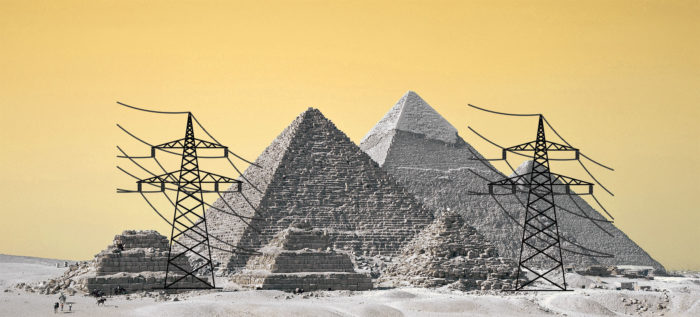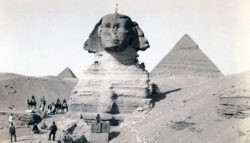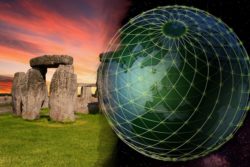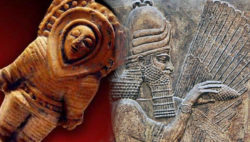
When You Break Down The Theory, The Great Pyramid Of Giza Really Could Have Been A Power Plant From Antiquity!
- By
- September 8, 2016
- September 28, 2021
- 6 min read
- Expert Opinion
- 3
- Posted in
- Conspiracy Theory Analysis, Technology
Many people have theorised about the Great Pyramid of Giza and what its purpose or function truly was. One researcher in particular, Christopher Dunn, has studied and researched the megalithic structure for decades, writing several papers and books on the subject. Dunn firmly believes that the Great Pyramid of Giza was nothing less than an ancient power plant that provided Ancient Egypt with electricity. Not surprisingly his theory was rejected by mainstream historians and researchers, but there are many, who operate on the fringes of the subject who are more receptive to his ideas. Some for example, in particular Ancient Astronaut theorists, accept the power plant theory and even suggest that the pyramids are the result of ali...
Fact Checking/Disclaimer
The stories, accounts, and discussions in this article may go against currently accepted science and common beliefs. The details included in the article are based on the reports, accounts and documentation available as provided by witnesses and publications - sources/references are published above.
We do not aim to prove nor disprove any of the theories, cases, or reports. You should read this article with an open mind and come to a conclusion yourself. Our motto always is, "you make up your own mind". Read more about how we fact-check content here.
Copyright & Republishing Policy
The entire article and the contents within are published by, wholly-owned and copyright of UFO Insight. The author does not own the rights to this content.
You may republish short quotes from this article with a reference back to the original UFO Insight article here as the source. You may not republish the article in its entirety.






3 Comments
UFO Insight does not take responsibility for the content of the comments below. We take care of filtering profanity as much as we can. The opinions and discussion in the comments below are not the views of UFO Insight, they are the views of the individual posting the comment.
Newest comments appear first, oldest at the bottom. Post a new comment!
I think the Great Pyramid was a machine designed to make rain (control the weather). I agree with Steven Myers (and Edward J. Kunkel) that the Great Pyramid has a water pump system. I agree with Dunn that electricity was probably involved. Providing water to the machine was needed as a design requirement. There would be no need to pump water if it fell from the sky consistently.
I think that the Great Pyramid was built using water locks and the Great Pyramid’s purpose was to pump water.
Very interesting read my question is if they were producing hydrogen is it possible that they were trying to split the hydrogen atom hence the explosion in the grand Hall and radioactive properties still evident today